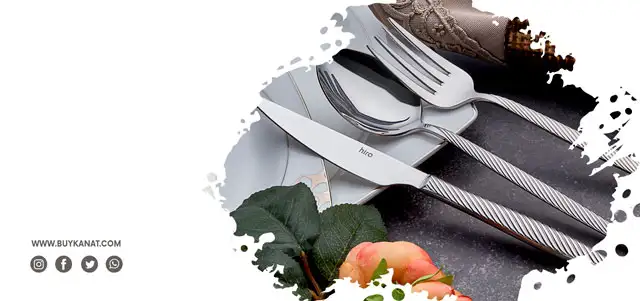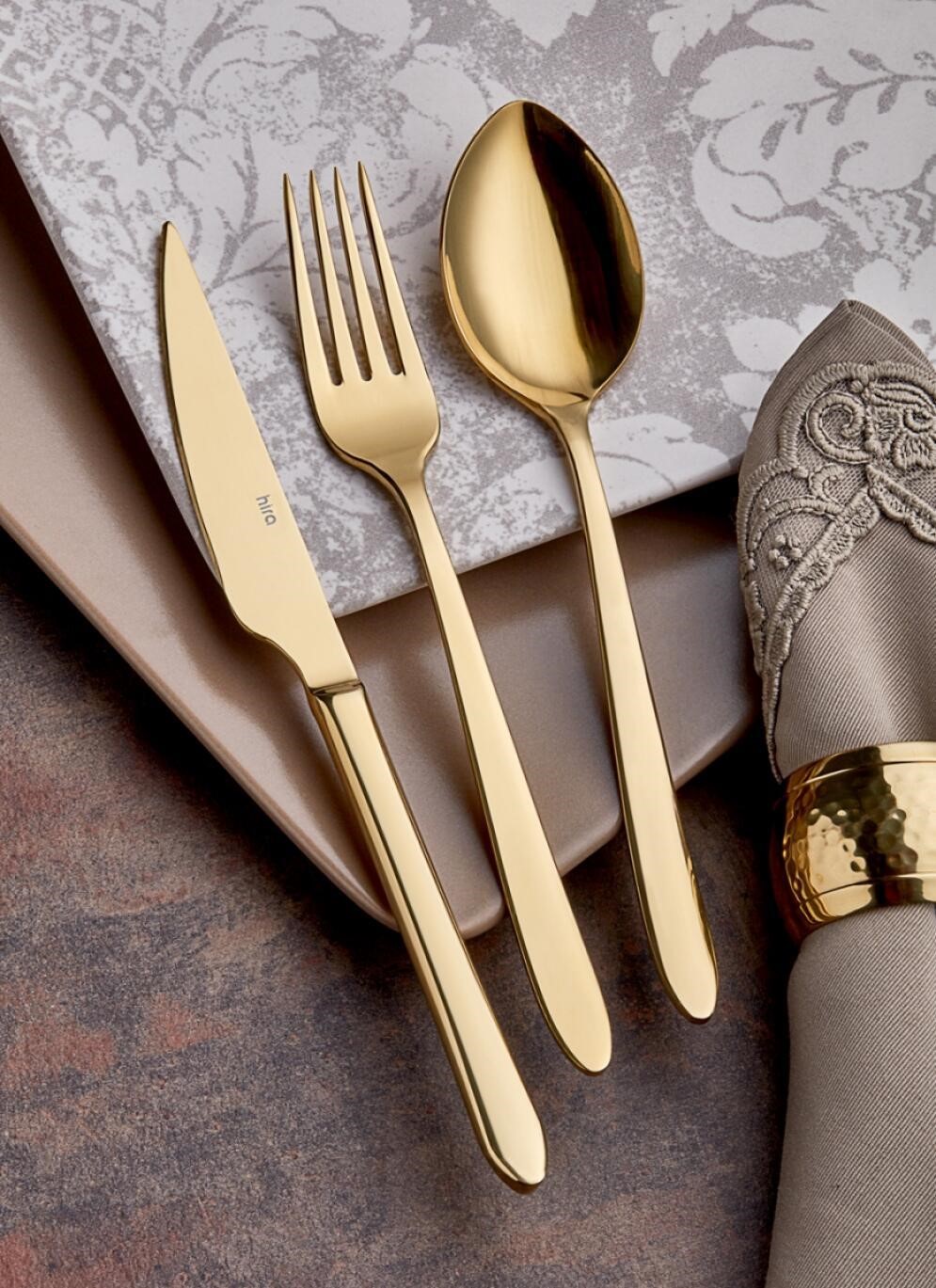
For Long-Lasting Use: Cleaning Of Cutlery
Do we give due importance to the cleaning of cutlery? The cleanliness of the cutlery sets that is with us in our most special moments, daily lives, invitations, and in many areas is a very important issue. Due to the high cost of cutlery, users can buy tools 3-4 times during their lifetime. For this reason, cleaning and maintenance should be carried out correctly. If cleaned and maintained correctly, these tools maintain their quality as on the first day for many years. So, what are these cleaning and maintenance practices?
How To Clean The Cutlery?
Cutlery is usually made of silver or stainless steel. If we examine them separately;
Cleaning of Silver Cutlery
When it comes to cleaning kitchen utensils, the dishwasher is the first cleaning tool that comes to mind. But for silverware, the situation is a little different. It is not recommended to wash silver cutlery in the dishwasher. Since silver is very gentle, it can be damaged and scratched. In addition, the components used in the dishwasher can also cause darkening in silver. All we need to clean silver cutlery is; warm soapy water.
The trick after cleaning your tools with warm and soapy water is to dry them with the help of a dry, soft cloth. When drying with a hard cloth, scratches may occur on silver sets. For a longer lifespan, you can store your silver cutlery in a cotton bag after cleaning.
Cleaning of Cutlery Made of Stainless Steel

Cleaning cutlery made of stainless steel is at least as important as cleaning silver cutlery. These sets are highly sensitive to stains. Apart from the water traces formed after cleaning, fingerprints can often be seen in such sets.
In order to fully start the cleaning process, it is first necessary to soak the stainless steel cutlery in hot water. Then the remnants of food should be removed with the help of dishwashing liquid. If the remaining food residues are kept on the tools for a long time, they can cause abrasion. After the washing process is finished, the tool should be dried with the help of a non-abrasive cloth so that there is no trace of water.
Alternative Cleaning Methods
Natural cleansing processes such as vinegar, lemon juice, olive oil, and soda also have a very good effect on cutlery. Such operations provided that they are not done too often, prolong the life of your tools. If we list what such methods do and how they are used;
- You can use vinegar to polish sets. While doing this, you can wipe your forks and knives with a soft damp cloth in circular movements.
- You can wash your sets by mixing soda and water. It is a highly effective alternative for removing stains and food debris. After this procedure, you can clean it with a dry and non-abrasive cloth.
- If you are going to use olive oil and lemon, you can apply them by rubbing them against the stains with the help of a dry cloth that does not erode.
If you are going to clean using a dishwasher, the points you need to pay attention to are as follows;
- It should be washed at a maximum of 75 degrees in a short program.
- A quality dishwasher tablet should be used.
- Make sure that the polish and salt of the machine are full.
- Make sure that the machine filters are clean.
- Although it is recommended that the silver sets are not washed in the machine, it is necessary to take care that the silver to be washed does not touch each other.
If manual cleaning is to be done, the points to be considered are generally as follows;
- A quality liquid dishwashing detergent should be preferred.
- Non-abrasive dish sponge should be used.
- After washing, the tools should never be left wet or damp.
- A soft non-abrasive cloth should be used for drying.


